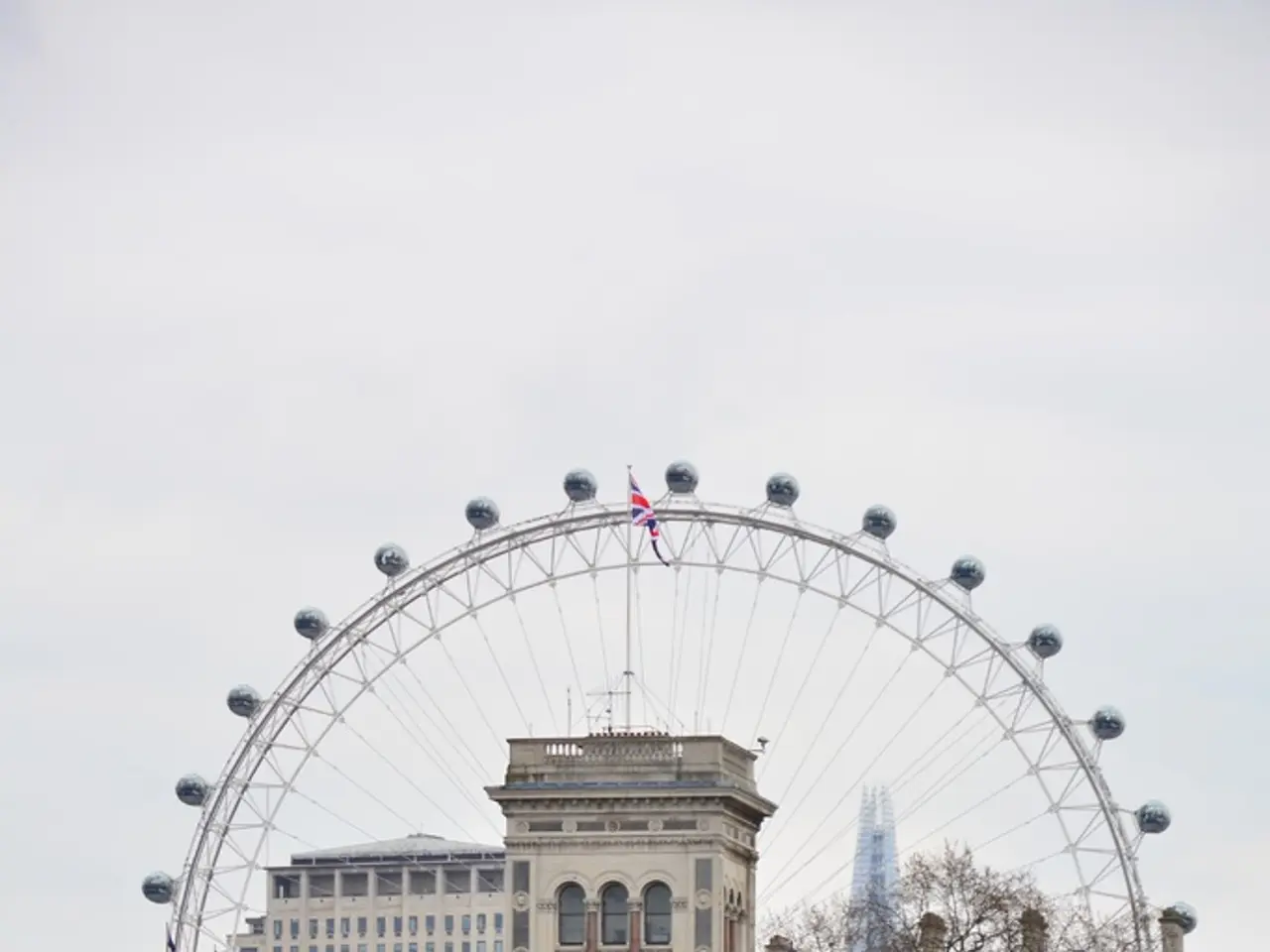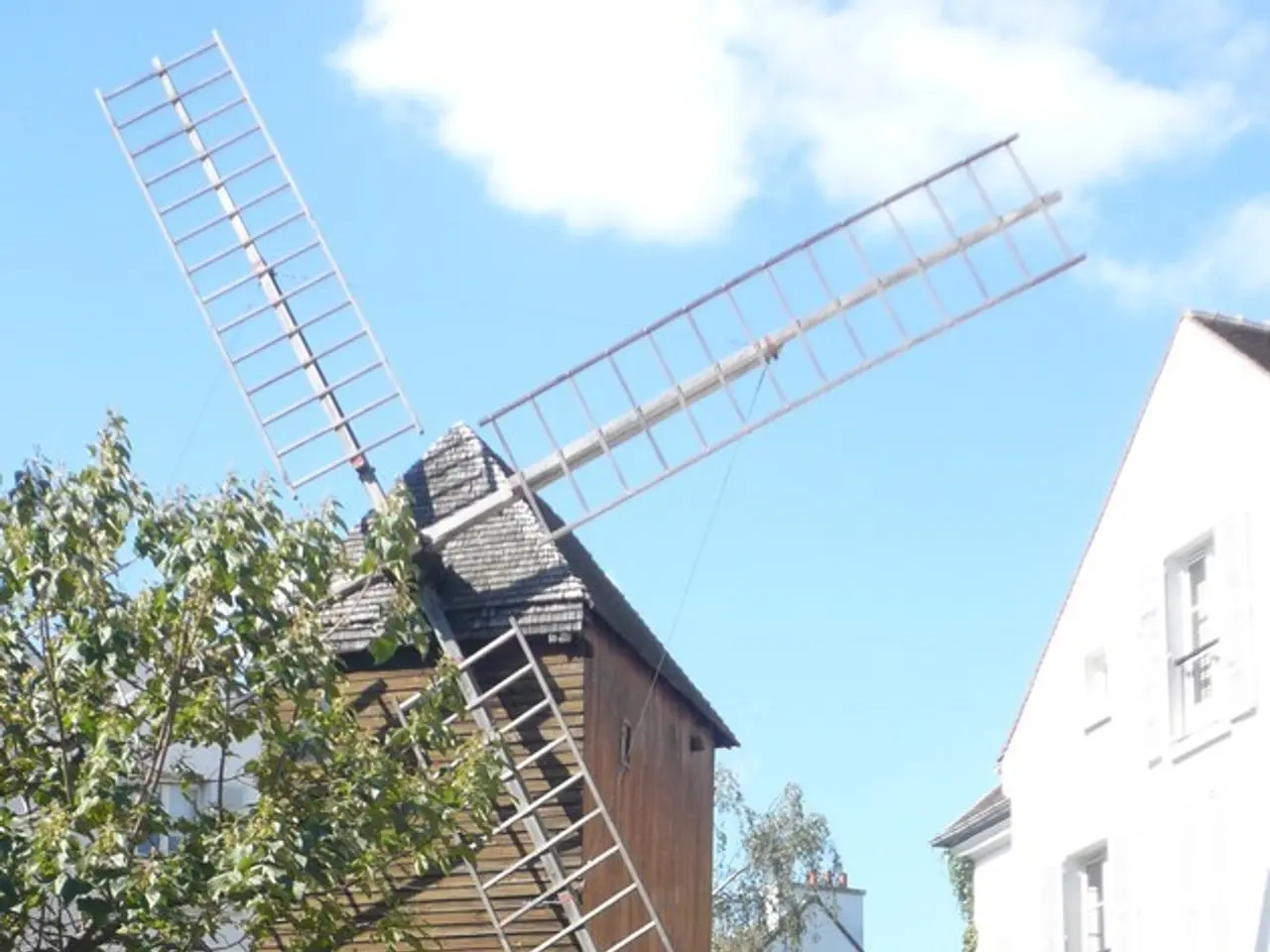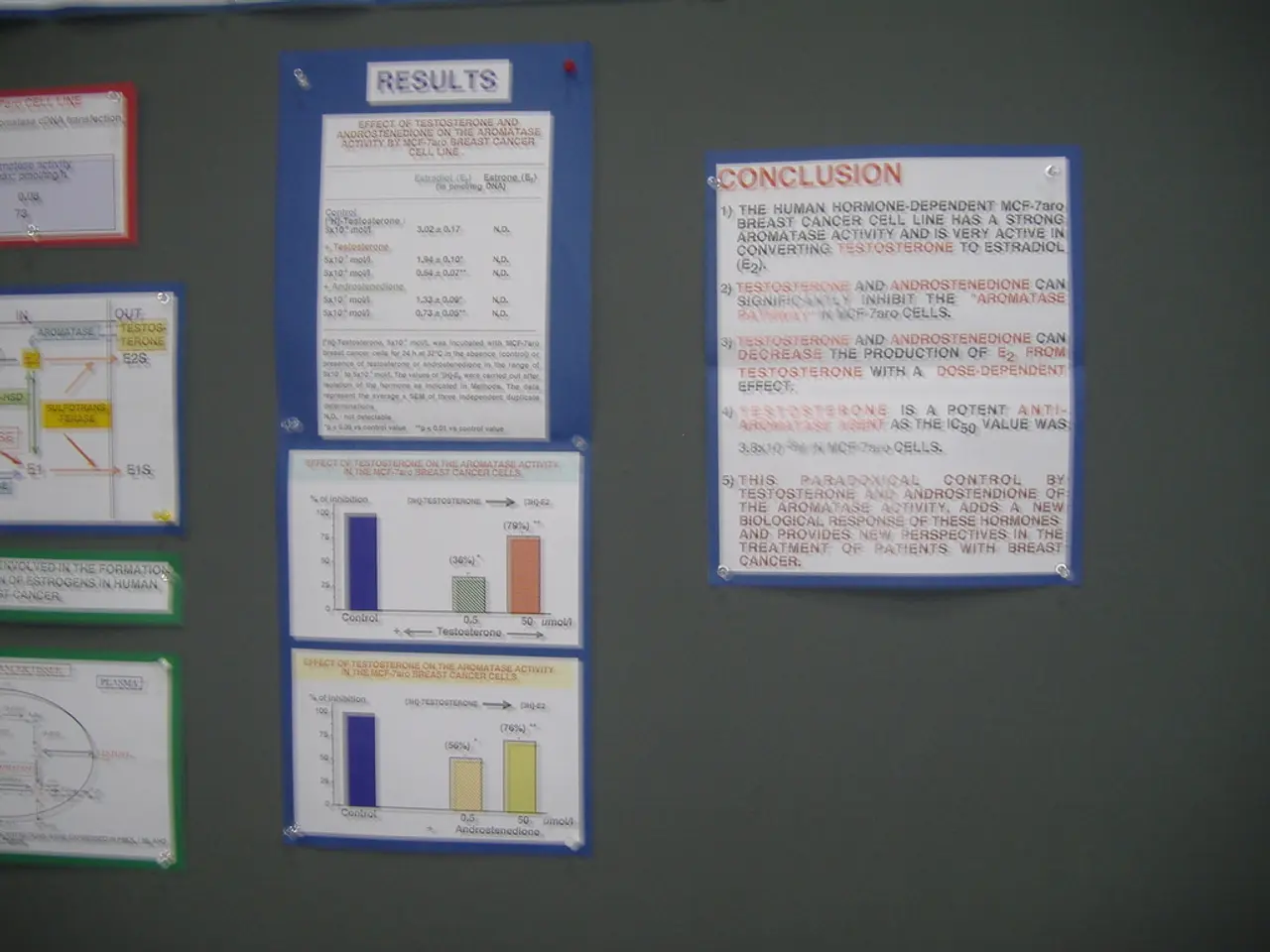Horses Filled the Dance Hall, Numbering 370, at the Capitol
Bustling Streets of yesteryear: Horse Trams, Tanzhaus, and the FlingerPfad
Stepping back in time, we find ourselves in the heart of Düsseldorf, where the city's vibrant past comes alive on Erkrather Street. Once home to the horse tram depot, this historic landmark now has a new stele, as part of the FlingerPfad project, acting as a testament to the city's rich industrial history.
The charming circular path of FlingerPfad aims to highlight the district's industrial heritage. Kaspar Michels, one of the masterminds behind this project, explained, "The wealth of Düsseldorf is built on the labor of its many workers in the heavy industry sector." With 30 stations along the way, the FlingerPfad shines a light on the district's industrial past and its transformation into the bustling cultural hub it is today.
The Age of Horses and Tracks
As we venture deeper into yesteryear, we stumble upon the intersection of Erkrather Street and Grasteinstraße, where the remnants of the horse tram tracks lead towards the Tanzhaus. The tale begins in 1876 with the advent of the first Düsseldorf horse tram, spanning across two lines. Within a year, this network expanded to include five lines, covering eleven kilometers. In 1893, Erkrather Street welcomed a state-of-the-art horse tram depot complete with spacious wagon halls, workshops, stables, and administrative offices. During its prime, the depot housed 370 horses and 88 single-horse wagons, serving around ten million passengers yearly!
Steam and Progress
In 1900, Düsseldorf embraced the future by electrifying its tram system. The horse tram era had come to a close, and in its place, a new assembly hall and motor and electrical workshops rose on Erkrather Street. By 1922, the city leased its tram operations to the Rheinische Bahngesellschaft, later rebranded as Rheinbahn AG. The advent of buses in 1930 expanded the city's transit options, with maintenance and repairs taking place on Erkrather Street. Post-war rebuilding saw the construction of a new workshop in Heerdt, culminating in the closure of all operations on Erkrather Street by 1992.
From Heritage to Hip
Fast forward to 1994, and the Tanzhaus NRW and Capitol began to use the former Rheinbahn depot for an array of cultural events, leaving their imprint on the Düsseldorf community. The latest addition to the area's rich history is the new stele on Erkrather Street, a symbol of the FlingerPfad project that reminds us of the district's bygone industrial days and the evolution of its transportation system.
The FlingerPfad: Preserving Industrial Roots
From the site of former industrial businesses to residential areas and cultural venues, the FlingerPfad project commemorates the significance of 19th-century industry in Düsseldorf. By installing informative stele at sites of interest, the project aims to educate and fascinate residents and visitors alike. The timeless design of the stele shares similarities with the Gerresheimer Industrial Path, attracting Flingern residents to adopt this distinctive aesthetic. As part of this initiative, sponsors are still encouraged to help fund more stele installations.
Feel the rhythm of Düsseldorf's industrial past by joining the FlingerPfad journey! To discover more about tours, or to contact the FlingerPfad initiative, please visit the provided link.
In the midst of Düsseldorf's industrial heritage, the intersection of Erkrather Street and Grasteinstraße exemplifies the city's past connection between transportation and finance, as the horse tram tracks led towards the Tanzhaus, a cultural venue that now stands as part of the modern industry of arts and entertainment.
The FlingerPfad project, with its timeless steles, reflects the evolution of the district's transportation system, from horse trams to contemporary finance and commerce, serving as a testament to Düsseldorf's long-standing industrial roots.




